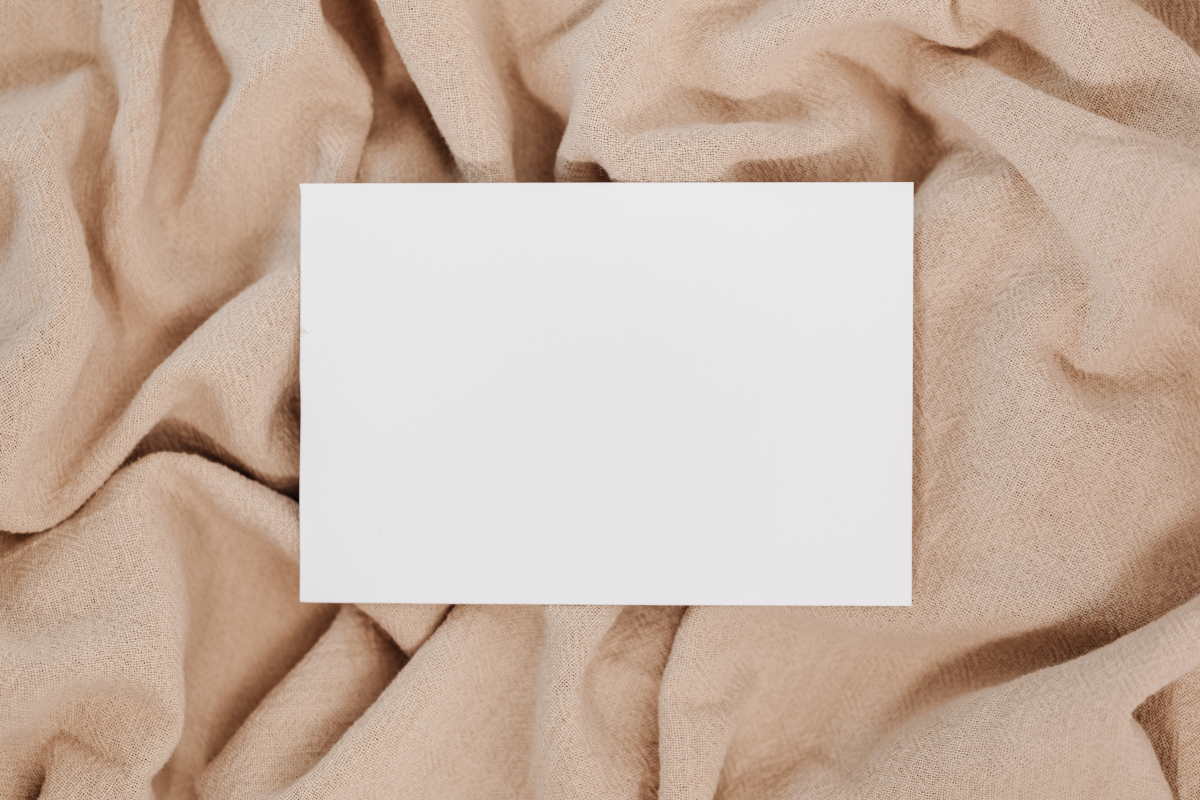Many design trends come and go, but some have stood the test of time. Negative space is one such style, which has become all the more popular in recent years with the increased interest in minimalist design.
As any good logo design studio knows, the best logos are those that can adapt to changing markets, shifting audiences, and new product offerings while still retaining the same core idea. In this way, negative space can be helpful because it’s simplistic enough for printing purposes while also allowing interaction with the viewer.
If negative space is a new concept to you, you’ll need to understand the introductory psychology and ideas behind this trend to try it out. Read on to learn what negative space is and how to implement it effectively in your next time you use a logo maker.

Audiences will be taken in by the logo’s overall appearance and continue to be invested as they discover the hidden shapes and messages within the design, combining short-term engagement and long-term interest. If you’re looking to create such impactful logos, using a logo maker app can be a great starting point.
What is Negative Space?
Negative space is, essentially, blank sections, or the space between words and images. In a way, the margins on this page or between these paragraphs and letters are negative space. However, when negative space is used artistically or stylistically, it is transformed from separating other more essential elements into something that is, itself, an element. Because this is the opposite of the norm, it’s unexpected and, therefore, intriguing, even in its simplest form.
Negative space can be as straightforward as using lines to create an image within other elements. It could be made more complex by utilizing messages or pictures in both the filled and negative space. Some of the most well-known uses of negative space logo designs include FedEx, with its hidden arrow, and the USA TV network logo, which uses the U and A to create the S shape. The Girl Scouts logo and the ABC peacock are also great examples of hidden images.
Why Negative?
Humans’ fascination with the unknown is undeniable. There have been numerous books and movies inspired by the concept of hidden realities and worlds that can’t be seen on a surface level. We are captivated by reading between the lines and finding secret meanings and details.
But this idea isn’t just for fantasy and science fiction movies. These ideas can also be brought to artistic endeavors and graphic design to add a touch of mysticism. In this way, negative space allows consumers to have an “aha!” moment as they discover the hidden aspects of a design and find unexpected details.
The Clever Use of Negative Space
Finding ways to use negative space is simply about considering both the seen and the unseen. This is commonly done by adding layers, inverting images or colors, creating pleasing symmetry, or using other such tools. To start experimenting with negative space, you may want to consider the shapes or colors of the design and play around with the way they can be used. You can also manipulate size and orientation to find images or messages within other embodiments, an exercise similar to trying to decipher pictures out of abstract clouds.
Cookie-Cutter Rule
Simplifying designs can often be the way to go when creating negative artistic space. Not only does this create a more transparent and more pronounced image, but it can also be the key to finding hidden design opportunities. To do this, you can think of your design like a freshly rolled sheet of cookie dough. When you press the cookie cutter into the dough, it creates both a shape within the blade, which will become the cookie, and a negative form, which has been left behind in the dough from the cutter’s imprint. These are both the same shape but, if you begin to overlap cuts or manipulate those shapes, they can become something new entirely. You can even use smaller cookie cutters to carve out designs within your cookies to create more negative and positive space.
Lurking from the Shadows
You can also create negative space by looking at the shadows of an image and leaning into its dark aspects. This is similar to the cookie-cutter example, as a shadow creates both an image inside (the shadow) and an outline outside (the light). These interactions of shadows and sunlight can be used to create artistic interpretations and elicit a psychological response. People usually think of black or dark colors and shades as unfavorable, while white and light images are considered good. In designing, you can either lean into these biases or twist them to defy expectations.
Don’t Forget to Personalize
Negative space, when used well, can be incredibly intricate and engaging for audiences. Some examples are even works of art. But, most importantly, they must be functional and work with the brand’s overall identity and messaging to be successful.